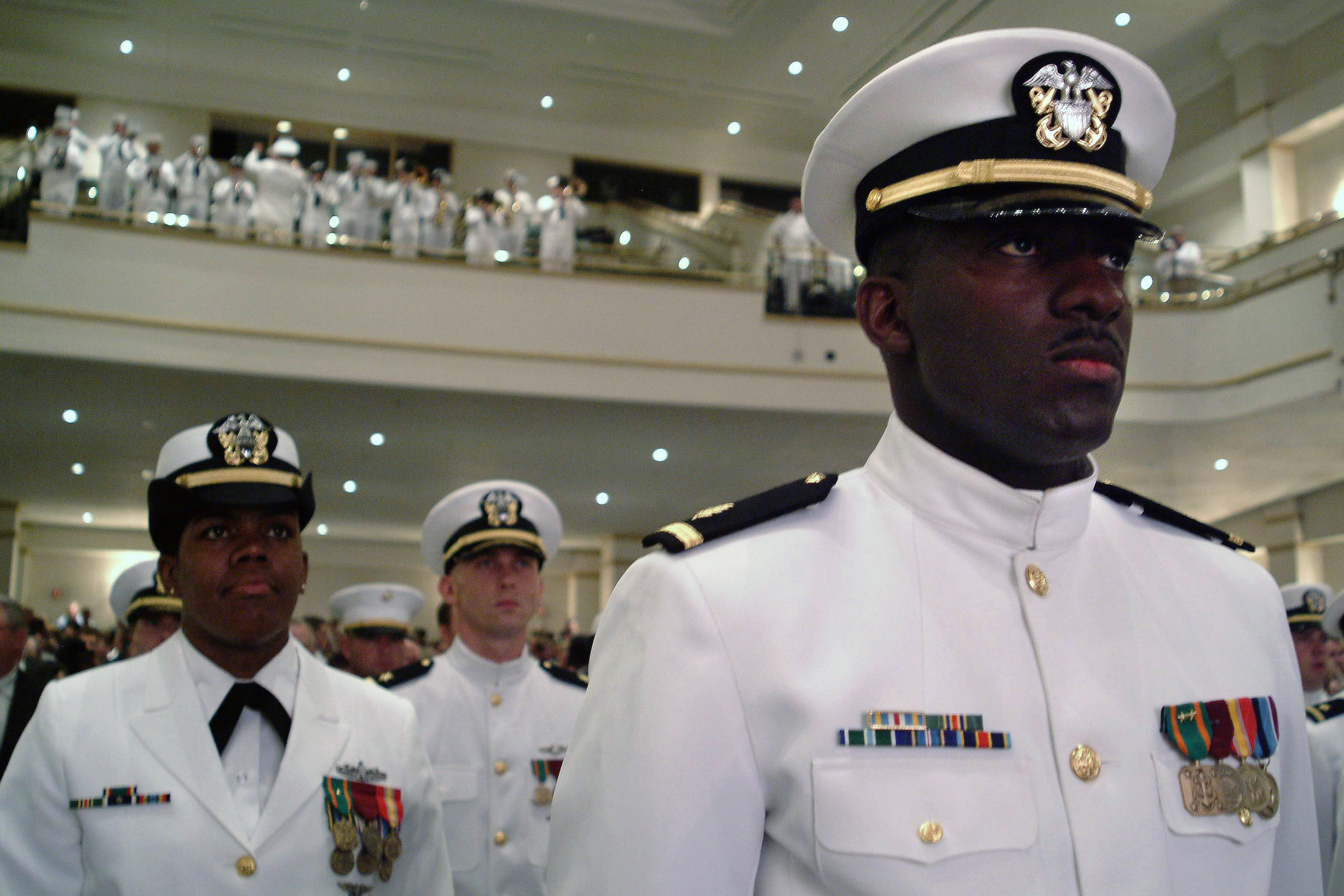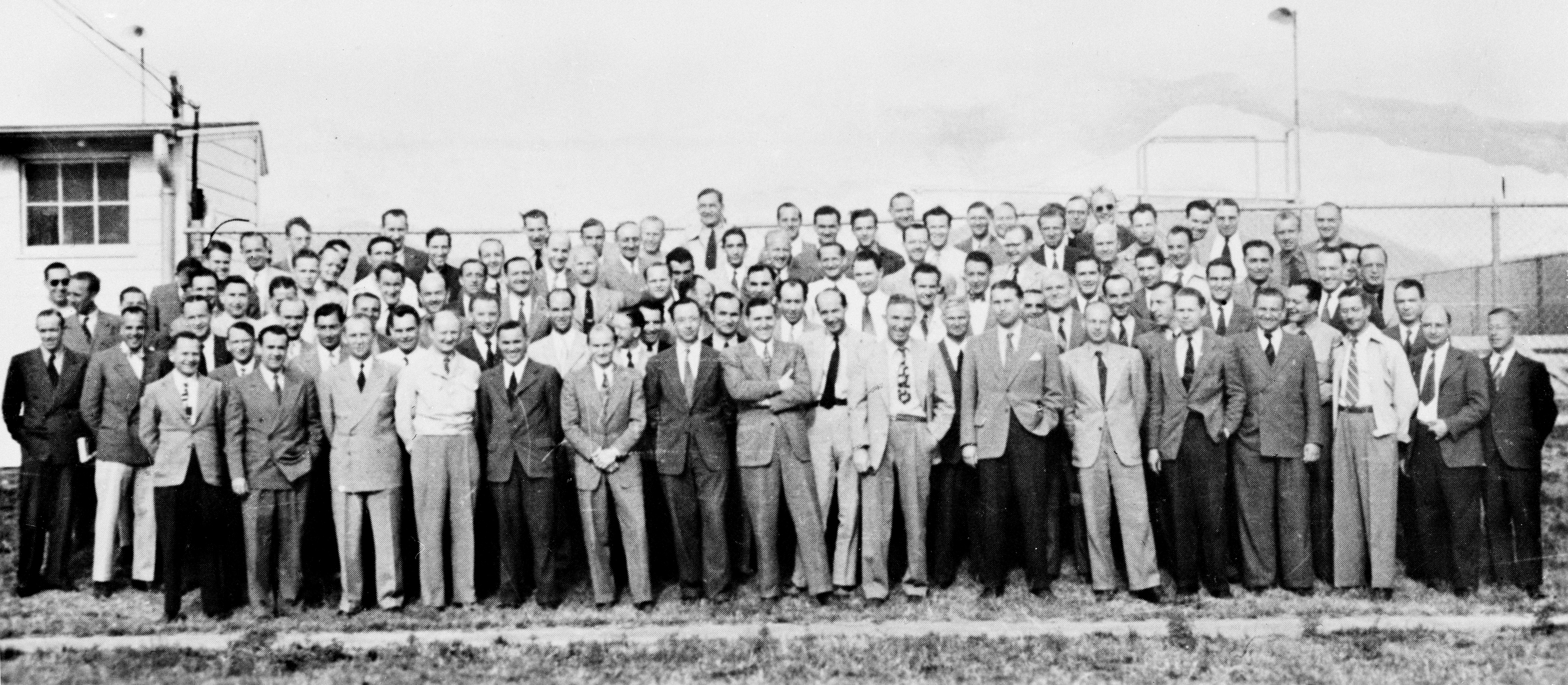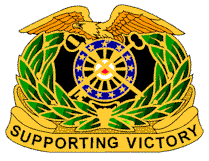|
US Army Reserve
The United States Army Reserve (USAR) is a reserve force of the United States Army. Together, the Army Reserve and the Army National Guard constitute the Army element of the reserve components of the United States Armed Forces. History Origins On 23 April 1908 Congress created the Medical Reserve Corps, the official predecessor of the Army Reserve. After World War I, under the National Defense Act of 1920, Congress reorganized the U.S. land forces by authorizing a Regular Army, a National Guard and an Organized Reserve (Officers Reserve Corps and Enlisted Reserve Corps) of unrestricted size, which later became the Army Reserve. This organization provided a peacetime pool of trained Reserve officers and enlisted men for use in war. The Organized Reserve included the Officers Reserve Corps, Enlisted Reserve Corps and Reserve Officers' Training Corps (ROTC). Interwar period and World War II The Organized Reserve infantry divisions raised immediately after World War I generally ... [...More Info...] [...Related Items...] OR: [Wikipedia] [Google] [Baidu] |
United States Department Of The Army
The United States Department of the Army (DA) is one of the three military departments within the United States Department of Defense. The DA is the Federal government of the United States, federal government agency within which the United States Army (U.S.) is organized. It is led by the United States Secretary of the Army, secretary of the Army, a civilian official appointed by the president and confirmed by the United States Senate, Senate. The highest-ranking military officer in the department is the Chief of Staff of the United States Army, chief of staff of the Army, who is also a member of the Joint Chiefs of Staff. Other senior officials of the department are the United States Under Secretary of the Army, under secretary of the Army (principal deputy to the secretary) and the Vice Chief of Staff of the United States Army, vice chief of staff of the Army (principal deputy to the chief of staff.) The DA is a successor to the United States Department of War, Department of ... [...More Info...] [...Related Items...] OR: [Wikipedia] [Google] [Baidu] |
Regular Army (United States)
The Regular Army of the United States succeeded the Continental Army as the country's permanent, professional land-based military force. In modern times, the professional core of the United States Army continues to be called the Regular Army (often abbreviated as "RA"). From the time of the American Revolution until after the Spanish–American War, U.S. state, state militia (United States), militias and United States Volunteers, volunteer regiments organized by the states (but thereafter controlled by federal authorities and federal general officers in the United States, generals in time of war) supported the smaller Regular Army of the United States. These volunteer regiments came to be called United States Volunteers (USV) in contrast to the Regular United States Army (USA). During the American Civil War, about 97 percent of the Union Army was United States Volunteers. In contemporary use, the term Regular Army refers to the full-time active component of the United States Army ... [...More Info...] [...Related Items...] OR: [Wikipedia] [Google] [Baidu] |
Citizens Military Training Camps
Citizens' Military Training Camps (CMTC) were United States government authorized military training programs held annually each summer during the years 1921 to 1940. CMTC camps differed from National Guard and Organized Reserve training in that the program allowed male citizens to obtain basic military training without an obligation to call-up for active duty. The CMTC were authorized by the National Defense Act of 1920 as a compromise that rejected universal military training. In its nearly two decades of operation, the CMTC trained some 400,000 men in at least one season from 1921 to 1940. Overall the program was disappointing, as only 5,000 officer commissions were awarded to men who completed the required four summers of training. Before the United States entered World War I, private citizens of the Preparedness Movement set up what were known as the "Plattsburg camps" to build a reserve of qualified men. These provided at least one summer of training in 1915 and 1916 to some ... [...More Info...] [...Related Items...] OR: [Wikipedia] [Google] [Baidu] |
Reserve Officers Training Corps
The Reserve Officers' Training Corps (ROTC; or ) is a group of college- and university-based officer-training programs for training commissioned officers of the United States Armed Forces. While ROTC graduate officers serve in all branches of the U.S. military, the U.S. Marine Corps, the U.S. Space Force, and the U.S. Coast Guard do not have their own respective ROTC programs; rather, graduates of Naval ROTC programs have the option to serve as officers in the Marine Corps contingent on meeting Marine Corps requirements. Graduates of Air Force ROTC also have the option to be commissioned in the Space Force as a Space Operations Officer. In 2020, ROTC graduates constituted 70 percent of newly commissioned active-duty U.S. Army officers, 83 percent of newly commissioned U.S. Marine Corps officers (through NROTC), 61 percent of newly commissioned U.S. Navy officers and 63 percent of newly commissioned U.S. Air Force officers, for a combined 56 percent of all active-duty of ... [...More Info...] [...Related Items...] OR: [Wikipedia] [Google] [Baidu] |
United States Army Ordnance Corps
The United States Army Ordnance Corps, formerly the United States Army Ordnance Department, is a Combat service support (United States), sustainment branch of the United States Army, headquartered at Fort Gregg-Adams, Fort Gregg-Adams, Virginia. The broad mission of the Ordnance Corps is to supply Army combat units with weapons and ammunition, including at times, their procurements and maintenance. Along with the Quartermaster Corps (United States Army), Quartermaster Corps and Transportation Corps, it forms a critical component of the U.S. Army logistics system. The U.S. Army Ordnance Corps mission is to support the development, production, acquisition, and sustainment of weapon systems, ammunition, missiles, electronics, and ground mobility materiel during peace and war to provide combat power to the U.S. Army. The officer in charge of the branch for doctrine, training, and professional development purposes is the Chief of Ordnance of the United States Army, Chief of Ordnance ... [...More Info...] [...Related Items...] OR: [Wikipedia] [Google] [Baidu] |
United States Army Quartermaster Corps
The United States Army Quartermaster Corps, formerly the Quartermaster Department, is a sustainment and former combat service support (CSS) branch of the United States Army. It is also one of three U.S. Army logistics branches, the others being the Transportation Corps and the Ordnance Corps. The U.S. Army Quartermaster Corps mission is to support the development, production, acquisition, and sustainment of general supply, Mortuary Affairs, subsistence, petroleum and water, and material and distribution management during peace and war to provide combat power to the U.S. Army. The officer in charge of the branch for doctrine, training, and professional development purposes is the Quartermaster General. The current Quartermaster General is Colonel Erin C. Miller. History The Quartermaster Corps is the U.S. Army's oldest logistics branch, established 16 June 1775. On that date, the Second Continental Congress passed a resolution providing for "one Quartermaster General of th ... [...More Info...] [...Related Items...] OR: [Wikipedia] [Google] [Baidu] |
United States Army Signal Corps
The United States Army Signal Corps (USASC) is a branch of the United States Army responsible for creating and managing Military communications, communications and information systems for the command and control of combined arms forces. It was established in 1860 by Major (United States)#American Civil War, Major Albert J. Myer and played a significant role during the American Civil War. It has the initial responsibility for portfolios and new technologies that are eventually transferred to other U.S. government entities. Such responsibilities included Defense Intelligence Agency, military intelligence, National Weather Service#History, weather forecasting, and Aeronautical Division, U.S. Signal Corps, aviation. Mission statement Support for the command and control of combined arms forces. Signal support includes network operations (information assurance, information dissemination management, and network management) and management of the electromagnetic spectrum. Signal support ... [...More Info...] [...Related Items...] OR: [Wikipedia] [Google] [Baidu] |
Army Medical Department (United States)
The Army Medical Department of the U.S. Army (AMEDD), formerly known as the Army Medical Service (AMS), encompasses the Army's six medical Special Branches (or "Corps"). It was established as the "Army Hospital" in July 1775 to coordinate the medical care required by the Continental Army during the Revolutionary War. The AMEDD is led by the Surgeon General of the U.S. Army, a lieutenant general. The AMEDD is the U.S. Army's healthcare organization (as opposed to an Army Command), and is present in the Active Army, the U.S. Army Reserve, and the Army National Guard components. It is headquartered at Fort Sam Houston, San Antonio, Texas, which hosts the AMEDD Center and School (AMEDDC&S). Large numbers of AMEDD senior leaders can also be found in the Washington D.C. area, divided between the Pentagon and the Walter Reed National Military Medical Center (WRNMMC). The Academy of Health Sciences, within the AMEDDC&S, provides training to the officers and enlisted service mem ... [...More Info...] [...Related Items...] OR: [Wikipedia] [Google] [Baidu] |
United States Army Corps Of Engineers
The United States Army Corps of Engineers (USACE) is the military engineering branch of the United States Army. A direct reporting unit (DRU), it has three primary mission areas: Engineer Regiment, military construction, and civil works. USACE has 37,000 civilian and military personnel, making it one of the world's largest public engineering, design, and construction management agencies. The USACE workforce is approximately 97% civilian, 3% active duty military. The civilian workforce is mainly located in the United States, Europe and in select Middle East office locations. Civilians do not function as active duty military and are not required to be in active war and combat zones; however, volunteer (with pay) opportunities do exist for civilians to do so. The day-to-day activities of the three mission areas are administered by a lieutenant general known as the chief of engineers/commanding general. The chief of engineers commands the Engineer Regiment, comprisi ... [...More Info...] [...Related Items...] OR: [Wikipedia] [Google] [Baidu] |
United States Cavalry
The United States Cavalry, or U.S. Cavalry, was the designation of the mounted force of the United States Army. The United States Cavalry was formally created by an act of United States Congress, Congress on 3 August 1861 and ceased as a distinct Army branch in 1942.Price (1883) p. 103, 104 The name "cavalry" continues to be used as a designation for various specific United States Army formations and functions. This branch, alongside the Infantry Branch (United States), Infantry and Field Artillery Branch (United States), Artillery branches, was formerly considered to be one of the "classic" combat arms branches (defined as those branches of the army with the primary mission of engaging in armed combat with an enemy force). From the United States Declaration of Independence and the American War of Independence onwards, mounted troops were raised ad-hoc by the United States as emergencies presented themselves and were disbanded as soon as these had passed. In 1833, Congress cr ... [...More Info...] [...Related Items...] OR: [Wikipedia] [Google] [Baidu] |
United States Army Coast Artillery Corps
The U.S. Army Coast Artillery Corps (CAC) was an administrative corps responsible for coastal, harbor, and anti-aircraft defense of the United States and its possessions between 1901 and 1950. The CAC also operated heavy and railway artillery during World War I. History As early as 1882 the need for heavy fixed artillery for seacoast defense was noted in Chester A. Arthur's Second Annual Message to Congress where he noted: In 1885 the Endicott Board was convened under the subsequent Grover Cleveland administration, chaired by Secretary of War William Crowninshield Endicott. This board recommended a large-scale program of harbor defenses at 29 ports, including guns, mortars, and mine fields. Most of their recommendations were implemented and new defenses were constructed by the United States Army Corps of Engineers between 1895 and 1905. As the defenses were constructed, each harbor or river's installations were controlled by Artillery Districts, renamed Coast Defen ... [...More Info...] [...Related Items...] OR: [Wikipedia] [Google] [Baidu] |





